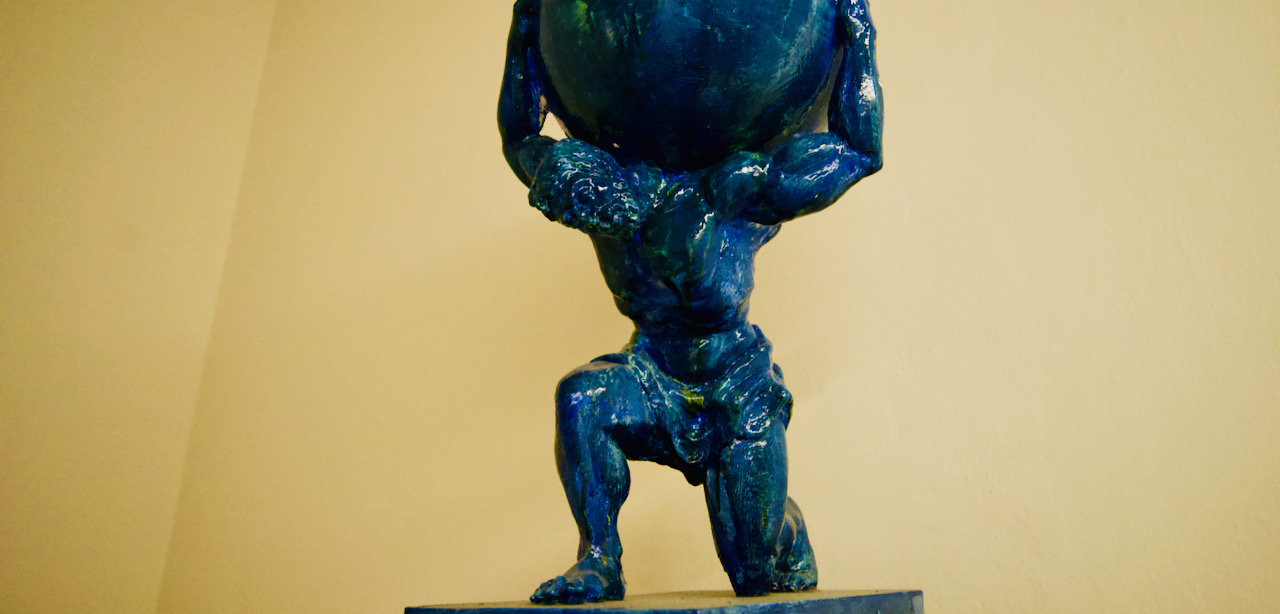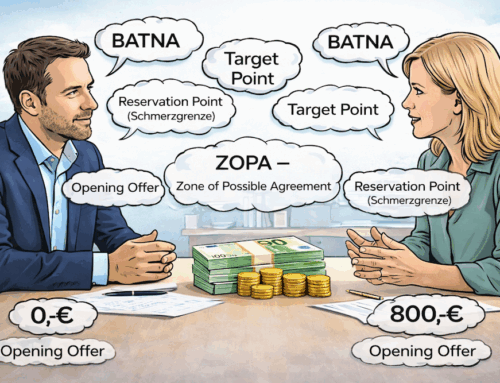Why it's nonsense to apologise
– and the injured person pays a higher price by apologising than the person at fault
Apologies are one of those things. We often don't end up apologising to the people we have wronged. Perhaps we have made fun of them, embarrassed them in front of others, spoken badly about them or hurt their feelings or integrity in some other way. Our half-hearted "sorry" or "I'm sorry" is somehow not taken seriously or even has an escalating effect and only makes the tense situation worse. But why is that? Why is that?
Quite simply:
We cannot apologise!
Or better:
We cannot apologise for ourselves!
"Anyone who has hurt you, emotionally or physically,
and then apologised himself,
Hurt the other one again."
Origin and meaning of apology
The origin and meaning of the term Sorry helps to understand why a "self-excuse" escalates rather than de-escalates. The etymology of the term Sorry leads to Middle High German. Apology means that guilt is absolved or cancelled, i.e. that the injured person ("victim") frees the guilty party from guilt. At the same time, this means that the person who has incurred guilt (towards the injured person) through their behaviour cannot free themselves from it. Although you can forgive yourself for mistakes and misdemeanours and forgive yourself (and should definitely do so), this does not change much in social, interpersonal relationships.
Strictly speaking, our modern "Sorry" or "I apologise to you..." We will ask the injured person to apologise to us because we have taken guilt upon ourselves and want to get rid of it out of remorse. We therefore – apologise and ask that the blame be removed from us.
Building blocks of successful apology communication (possible course)
This also results in the individual building blocks of successful apology communication, which can only ensure de-escalation and a relaxed atmosphere in the life, friendship or work relationship when they work together. If individual building blocks are missing or are insufficiently expressed, the atmosphere between the parties involved will remain tense and irritable.
1. the guilty person's wish to apologise: The guilty person begins the "social apology process" by asking for it:
"I would like to apologise to you."
2. injured person declares their willingness to do so: The injured person must declare their willingness to participate in such an apology communication:
"OK, I'm ready to apologise."
3. common basis of understanding: Both parties should then talk about the incident and clarify specifically and precisely what misconduct is involved, what behaviour is in question and is identified as morally and ethically reprehensible by those involved. This is by no means about the assessment as such, but only about the behaviour as such. The two do not have to consider this behaviour to be equally reprehensible. That is not the point, but merely that they are talking about the same thing.
"OK, so we're talking about the same thing and the same specific behaviour."
4. guilty person takes responsibility for the offence: The guilty person then takes responsibility for their incorrect, hurtful behaviour and wants to be excused for the fact that they have hurt the other person with this behaviour and thus "brought guilt upon themselves and burdened the relationship". For this reason, attempts to justify or apologise ("But I was also completely overtired...standing next to myself...inattentive, unaware, etc.) do not belong here. This is about unconditional remorse and regret about what happened and your own contribution to it.
"I take responsibility for my behaviour and regret it."
5. formulation of the request for apology: The victim of the offence is asked to apologise/forgive/forgive. The guilt that both sides agree on (see 3. and 4.) should now be removed from the offender by the victim. As a rule, the uncertainty and emotional tension of the parties involved increases at this point because the request can of course be refused.
"I ask you to excuse me for this behaviour and the injury it has caused."
6. acceptance of the request for apology: The victim of the offence accepts this request if and insofar as forgiveness and thus an apology from the offender (not by the offender!) is possible. By accepting the request, the guilt is taken away from the offender. He is thereby apologised to by the victim. The offender is now free again (from guilt) in the interpersonal relationship and can feel liberated.
"I apologise."
In the event of an apology
the victim of misconduct has the "most" work –
and not the culprit of the offence!
In the event of an apology
the victim of misconduct has the "most" work –
and not the culprit of the offence!
The injured person has to pay more than the guilty party
This last point is particularly important and "costly" for the injured person. They lose a person who is in their debt! This has social value, gives power and influence, which is lost. This should not be underestimated and is one of the reasons why genuine apologies are rare, especially in intensive, long-term relationships of love, friendship and work. The blame is shifted elsewhere, albeit destructively, often in the form of submissive adjustments, lazy compromises and negative deals.
But with a genuine apology, there is nothing that one person can use against the other. Afterwards, both people meet again as equals. In everyday life, however, it is more common for people to trade in old guilt packages, to abuse and otherwise misuse them, especially in long-term relationships (love, friendship or work relationships): How easy it is to "butter the other person up" for past misdemeanours that still hurt at every "suitable or unsuitable opportunity".
For this reason, careful, subtle apology work is extremely important in conflict resolution, e.g. in mediation, and is sometimes absolutely essential. Only by proceeding step by step does such clarification work reveal how many old injuries and misdemeanours still exist. The guilty person, who has not yet been freed from guilt, cannot act freely in the relationship and the injured person does not allow their (emotional) injury to heal and establishes a literally skewed relationship.






Leave A Comment